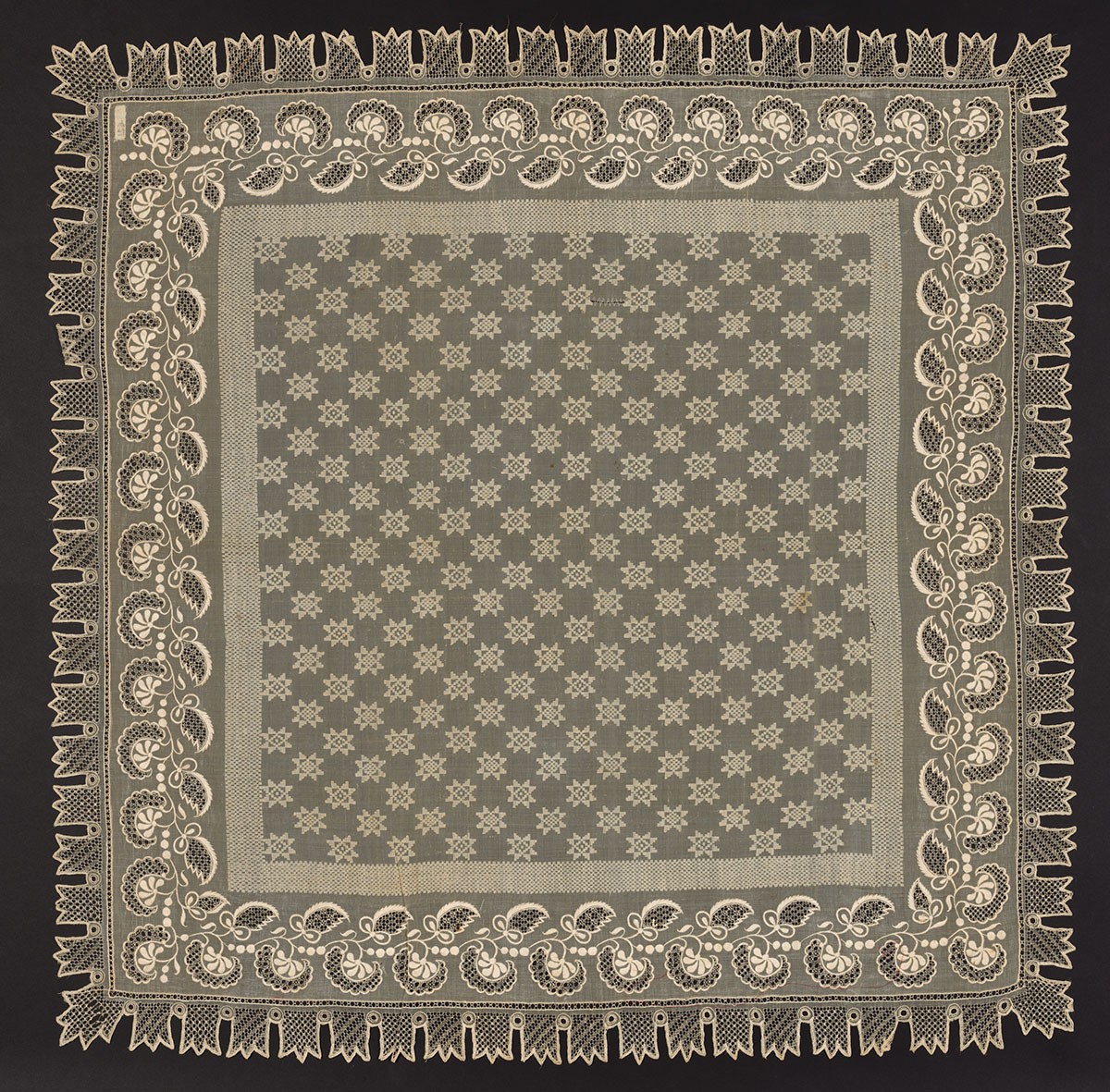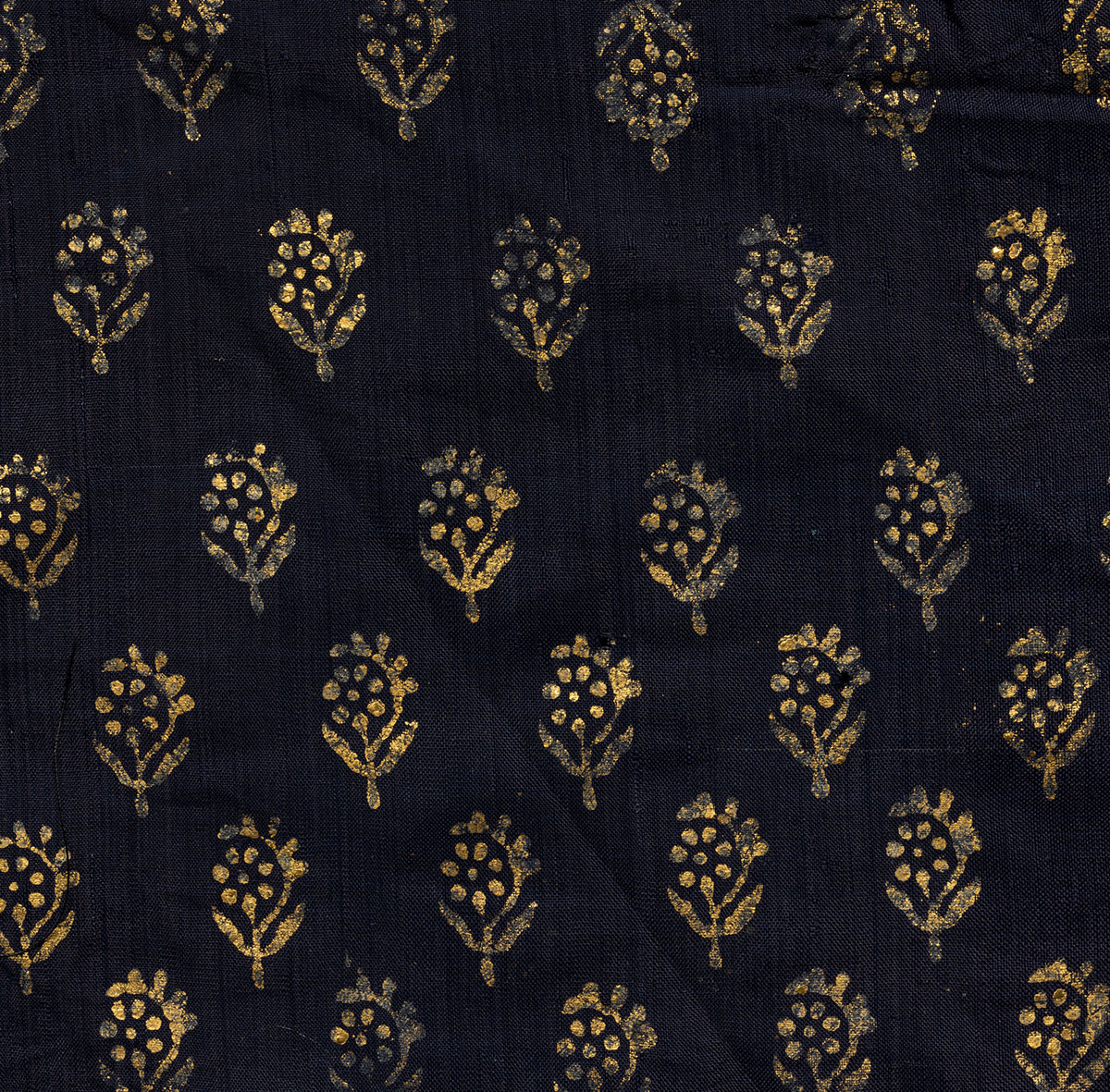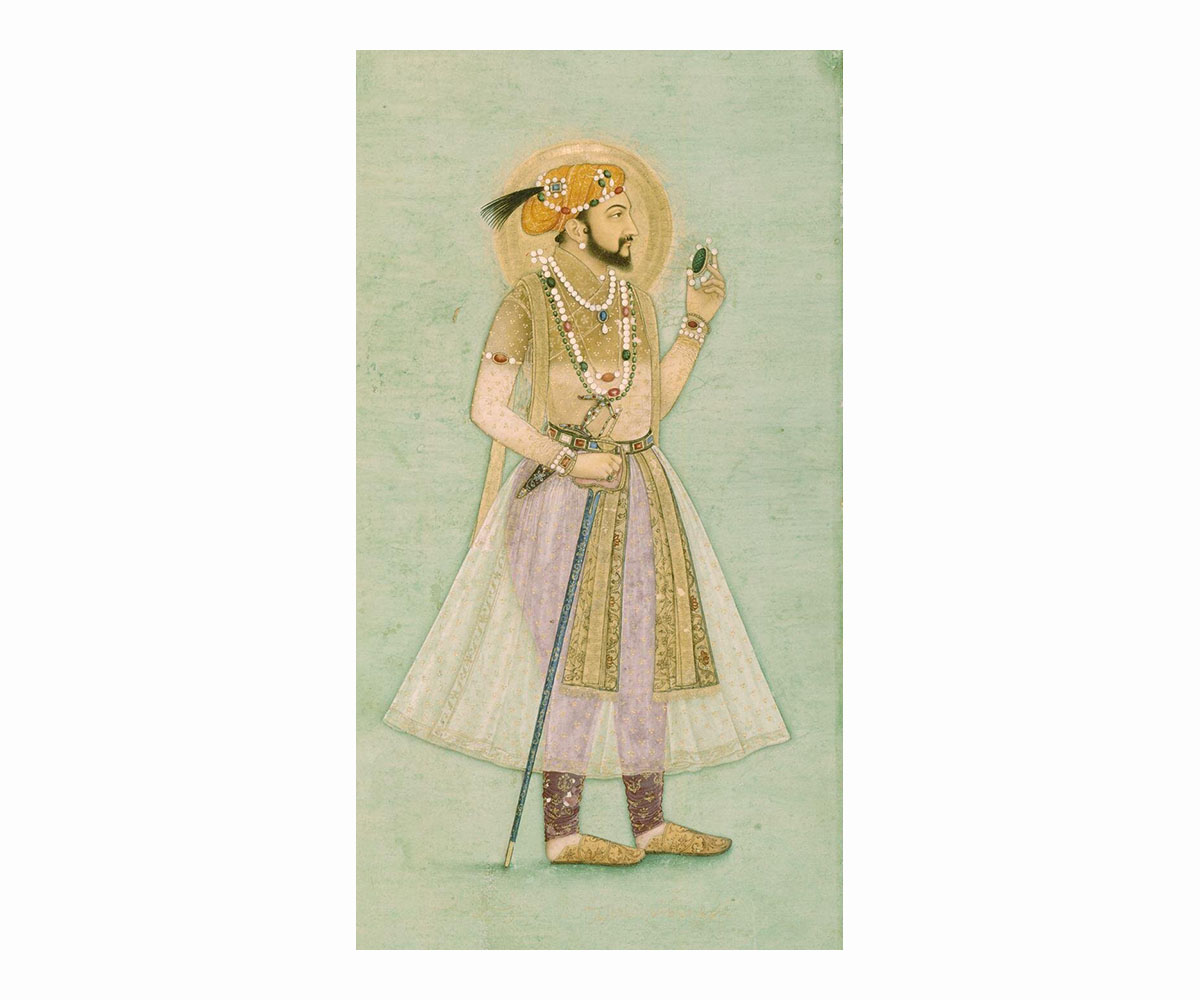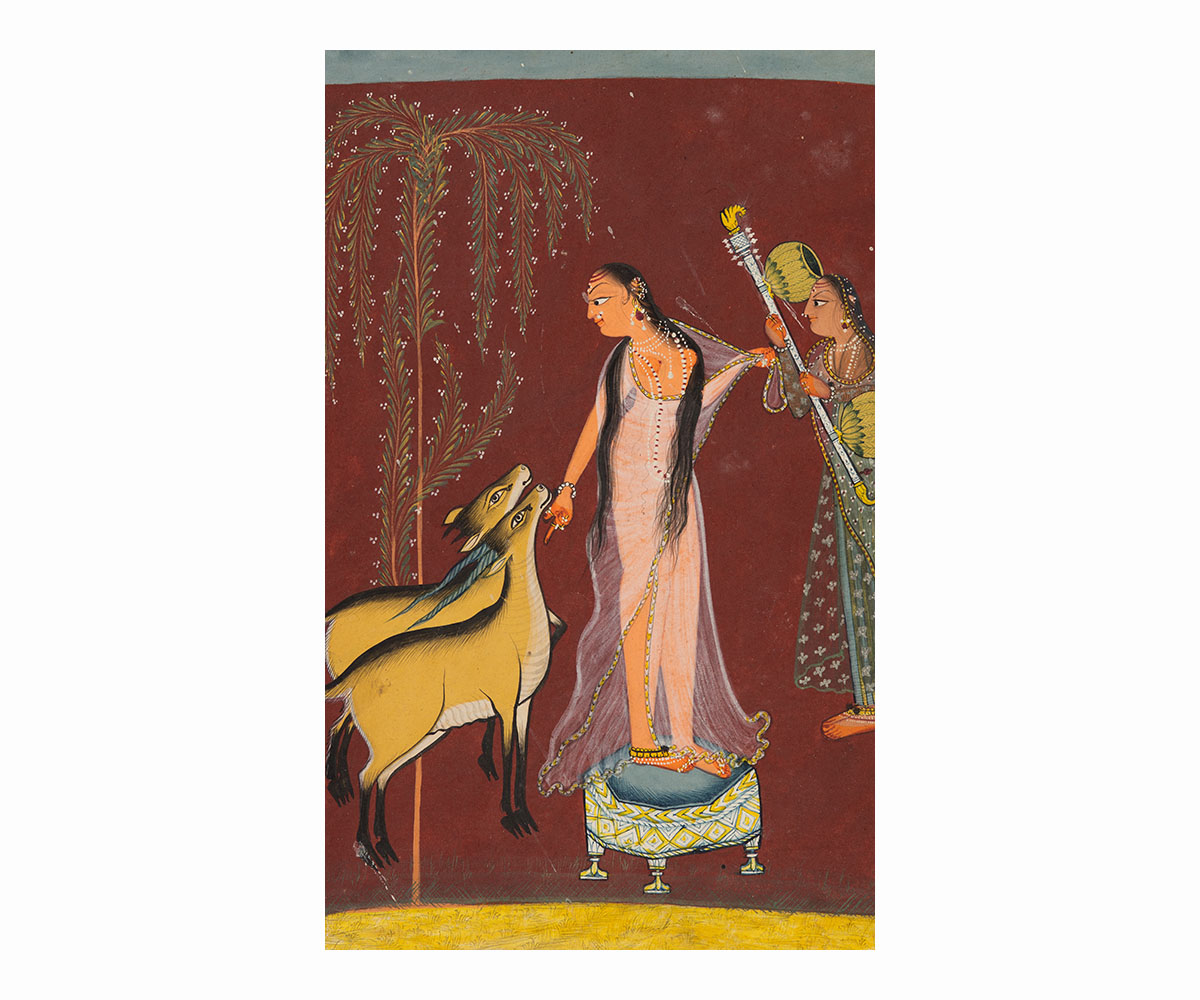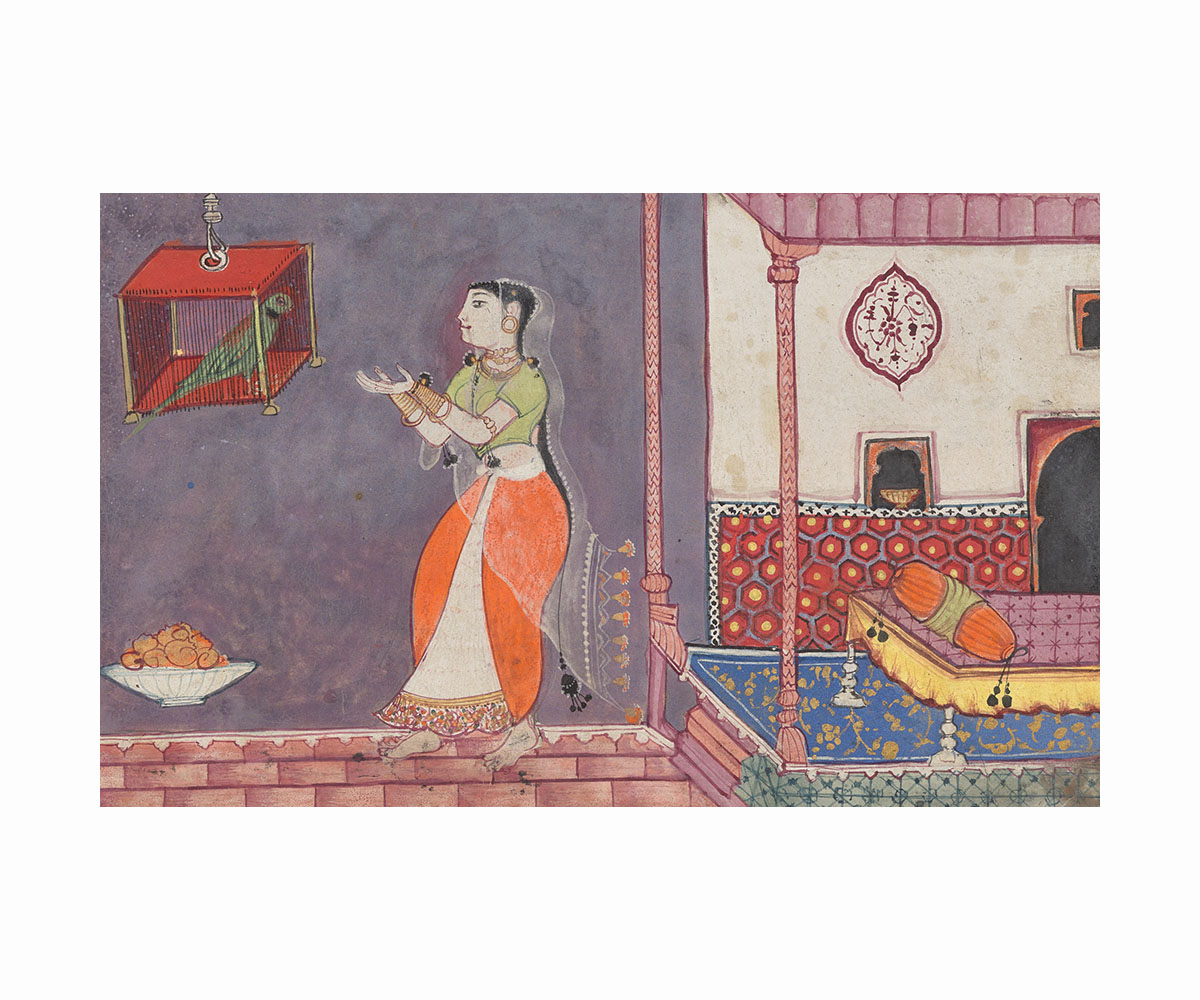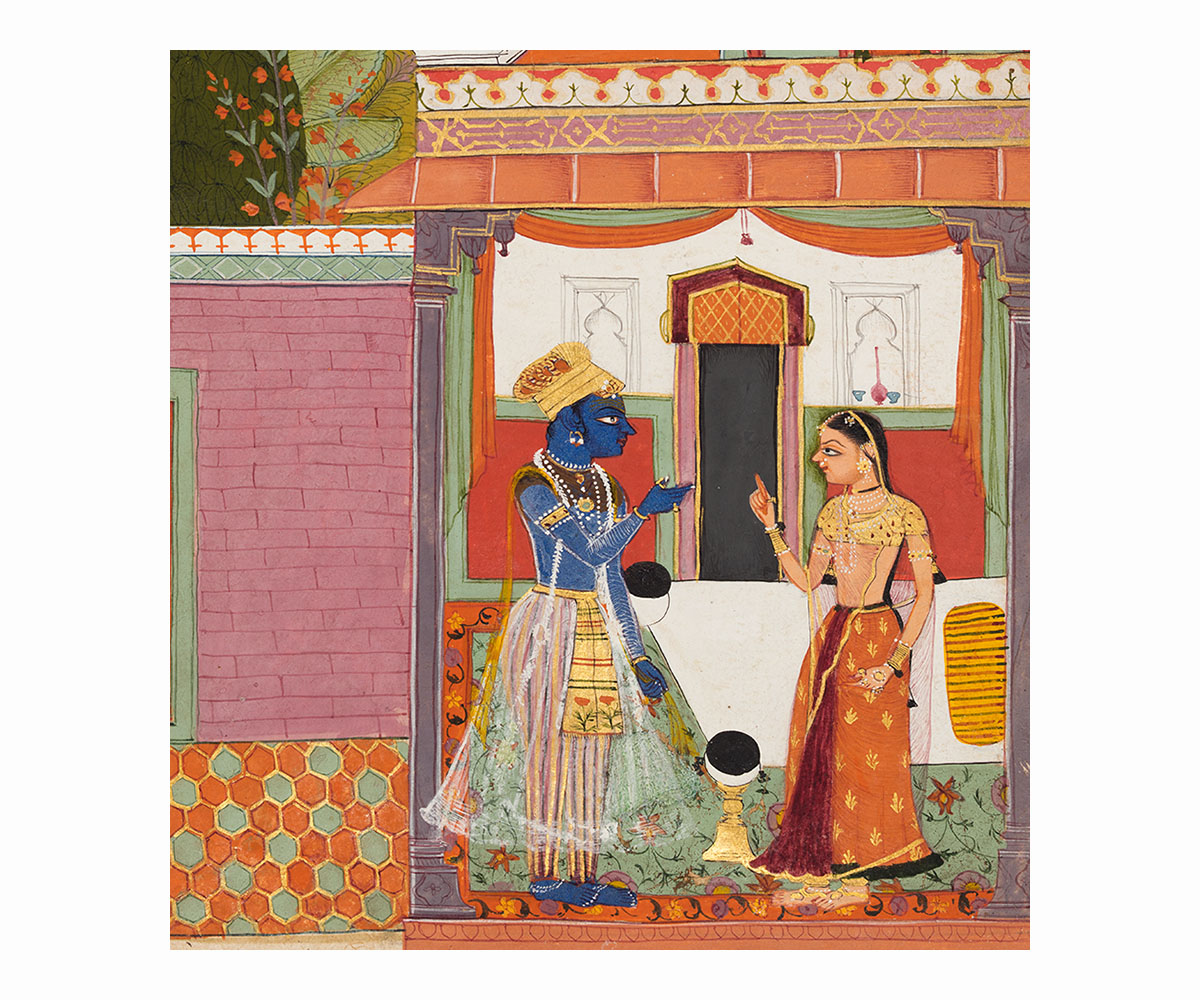ARTICLE
Muslin
A textile woven from a variety of cotton species, muslin is characterised by lightness and durability, which results in its longevity. Also called mul mul, the cotton grown in West Bengal is especially renowned for its fineness, softness and gloss. Its name derives from the French mousseline (meaning “delicately woven cotton fabric”), which in turn derives from the Italian name for Mosul, Iraq, which was renowned for its muslin. Regions in present-day West Bengal and Dhaka, Bangladesh are historically renowned for their skilful manufacturing of the material.
There are five main types of muslin in India: jamdani, mosreen, doorea, charkhona (or chakat) and rang, as well as several subcategories and iterations of the textile around the world, classified on the basis of usage, quality, location and thread count. The general quality differentiations range in terms labelled “fine-super-fine,” “super-fine,” “fine” and “ordinary.”
Muslin production is a time- and labour-intensive process, with each metre of cloth requiring a month to be handwoven. Most muslin pieces are produced in approximately 20-yard-long by 1-yard-wide swatches. Raw, uncleaned cotton, also known as karpas, is first made into clean cotton (ruyi). The cleaning process is carried out by distinct groups and usually begins with women, who remove any foreign matter from the harvested cotton using combs traditionally made of the jawbones of the boalee, a local catfish, whose dense, fine teeth enable the micro-fibres in the cotton to pass. The clean cotton is then set to dry in the sun or in warmed earthen pots, ready to be rolled on a hard surface. Subsequently, the fibres undergo a clean-pressing process to make them fluffy and soft, which includes ginning. The fibres are then spooled into thread, which is woven into cloth using wood or bamboo looms — a process that involves approximately 190 distinct loom apparatuses and supplemental tools. Muslin manufacturing skills were generally classified within religious perimeters, with Hindus handling the yarn-spinning processes and Muslims handling the weaving of the fabric, especially for jamdani.
Dhaka muslin, which is considered to have been the finest quality of the textile, was produced from the Gossypium arboreum (regionally known as phuti karpas), which had shorter fibres, unlike the longer strands of modern cotton. Over the years, the knowledge around the process of manufacturing Dhaka muslin, which comprised sixteen steps, has been lost, and phuti karpas is believed to have become extinct. However, communities in the region continue to use similar steps to weave muslin using lower-quality cotton.
Owing to its lightness, Dhaka muslin was a prized material and was used in the royal outfits in Mughal courts. In the seventeenth century, Mughal emperors patronised muslin weaving, recognising its ability to protect the body from extreme heat while being comfortable and aesthetically pleasing, with various textural and visual variations. Even in plain white colours, muslin was considered a luxurious fabric. It was also the prime medium for embroideries such as chikan, as well as other embellishments and dyeing.
Muslin became a key trade commodity for the British East India Company in the seventeenth century and was instrumental in helping the British solidify monetary control over the region; records of a 1789 sale by the Company indicate that they held forty thousand muslin pieces in just two ships. The popularity of muslin rose throughout Europe in the eighteenth and nineteenth centuries, being favoured by influential figures such as Marie Antoinette and Josephine Bonaparte, the first wife of Napoleon Bonaparte. Consequently, the Company demanded increased production of the textile from Bengal and pressured weavers to increase supply while lowering prices. The textile began to be simultaneously manufactured in Europe using machinery, which resulted in a coarser, lower-quality version of Dhaka muslin. Since the Company needed markets for this surplus of industrially produced muslin, they flooded India with imitation cloth, contributing to the eventual collapse of indigenous muslin manufacturing communities and products.
Following the Independence and Partition Act of 1947, as well as the Bangladesh Liberation War of 1971, several communities of skilled weavers migrated to Bangladesh. However, the production of the textile dwindled, since the weavers lacked vital resources for the process owing to the mass migrations and war. Over the years, there has been a rise in efforts to encourage and maintain the weaving traditions of West Bengal and Bangladesh, including the jamdani village established by the Bangladesh Small Industries Corporation in 1993, where over four hundred families lived on government-subsidised land. However, inexpensive varieties of muslin exported globally have resulted in decreased government funding, jeopardising the status of these communities.
Today, muslin is one of the most widely used cotton textiles in the world, with simpler versions of the textile being mechanically produced across the globe. It has also been incorporated in the work of fashion designers such as John Galliano and Vivienne Westwood. Several traditional examples of Indian, specifically Dhaka muslin, as well as the silk-muslin saree from Chanderi, Madhya Pradesh, are held in the collections of the Victoria & Albert Museum, London.
Bibliography
Our website is currently undergoing maintenance and re-design, due to which we have had to take down some of our bibliographies. While these will be re-published shortly, you can request references for specific articles by writing to hellomapacademy@map-india.org.




